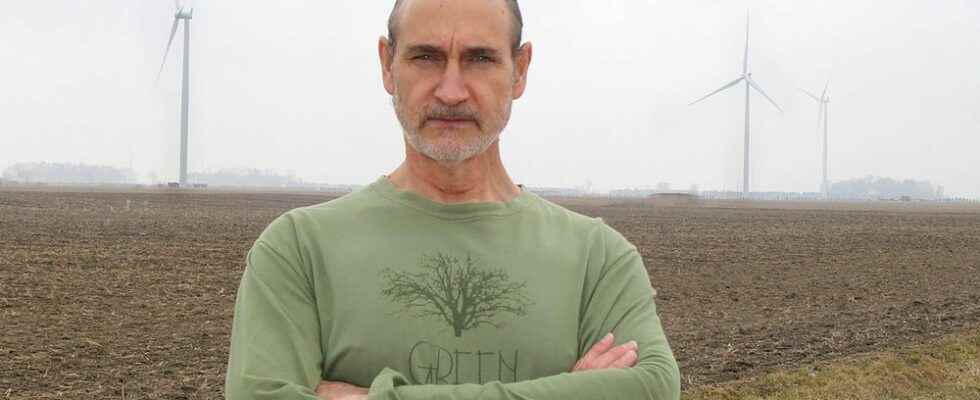
An investigation into the impact of the construction and operation of the North Kent Wind farm on area water wells hasn’t met the expectations of the Water Wells First group.
Jessica Brooks, whose family has been hauling water to their home for the last five years, said she appreciates the 22-page All-Hazards Investigation of Well Water in Chatham report – released April 4 – but says the situation has become worse since the turbines were built and says their construction could be a factor.
“I was hoping for a little bit more clarity in terms of, ‘Can I drink the water or not?’”
Although the report states there are no widespread health risks, Brooks said it doesn’t provide a definitive answer.
Prior to the construction of 34 industrial wind turbines in the former Chatham Township, concerns by Water Wells First were made in 2016 over the potential for local water wells to be impacted.
Residents pointed to problems with water wells becoming clogged with sediments that occurred when wind turbines were built in the area.
Soon after construction began on the North Kent project, several residents began reporting clogged water wells, and blamed the piles that were being driven into the Kettle Point black shale aquifer.
Kevin Jakubec, who was among the founders of Water Wells First, wonders why water wells in the former Dover Township were not part of the investigation.
He cites a promise to Water Wells First, received from Doug Ford leading into the June 2018 election, that a health-hazard investigation would be conducted regarding black shale particles clogging water wells in the Chatham and Dover township areas where wind turbines operate.
An expert panel was established by the Ministry of Health to undertake the study.
Although the April 4 report states nine wells were tested outside the North Kent Wind boundary, Jakubec said it doesn’t include the area in the East St. Clair Wind Farm where people experienced well problems long before than people in Chatham Township.
Brooks said even people in Dover Township thought they would be part of the study.
“I don’t know where the miscommunication was,” she said.
The report cited the lack of participation by well owners as having an impact on the investigation.
Jakubec was among the numerous property owners who didn’t participate.
Calling the scope of the investigation a “bait and switch,” he said, letters sent to well owners by Englobe, the consultant hired to do the survey and testing, did not indicate “what parameters will be tested, why they were selected, what lab methodology they will use or give any indication whatever of the investigation’s design at all.”
He said many well owners didn’t participate because they felt they were left in the dark on the issue.
Brooks, who did participate in the investigation, said part of the problem was that the process has taken far too long.
“I think at this point, a lot of people are skeptical and frustrated,” she said. “I think a lot of people are just tired and done with it.”
She added some people have found a way to work around their water issues, such as installing cisterns.
Brooks also noted the water testing was slated to start last winter just as the province was heading into another lockdown. She said people were concerned about having someone come into their home during the pandemic.
The report recommends the need for further study, which includes collecting more solids in the water.
“That’s been our concern the whole time,” Brooks said, citing a particulate study her family paid for in 2018. “That’s what we were looking for and that’s not what we got.”
As for next steps, she said she doesn’t know where it goes from here and she also doesn’t know who to go to with those questions.
When asked about the report citing the potential of well interference being caused by the construction and/or operation of the North Kent Wind turbines, Jakubec said there’s enough in the report to have the Ministry of the Environment state publicly it recognizes water well interference has occurred .
“Something happened here,” he said. “And what happened here was well interference from the construction and operation of the North Kent Wind farm.”
